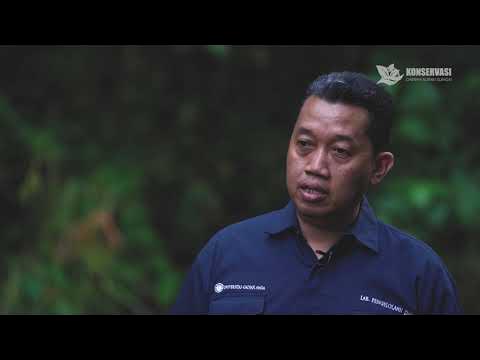The Parts of a River
Summary
TLDRThis video explores the journey of a river from its source to its mouth, highlighting the key parts of a river basin. It explains the upper, middle, and lower sections, detailing how water moves, erodes, and deposits sediment along the way. The formation of meanders, oxbow lakes, and deltas is discussed, along with the role of tributaries and flood plains. The video also covers the importance of rivers for transportation and agriculture, while acknowledging the potential risks of flooding in areas adjacent to rivers.
Takeaways
- 😀 A river basin is the land drained by a river and its tributaries.
- 😀 The divide is the high land or mountains that form the peaks around a river basin.
- 😀 A watershed is the land drained by a smaller tributary, and there can be many watersheds in a river basin.
- 😀 Rivers are typically split into three parts: upper, middle, and lower.
- 😀 The upper part of a river (headwaters) is where the river starts, with steep terrain and fast-moving water.
- 😀 The upper part of the river causes significant erosion, resulting in a V-shaped riverbed and rocky terrain.
- 😀 In the middle part of the river, the terrain flattens, water moves slower, and meanders and oxbow lakes form.
- 😀 Tributaries are smaller streams or rivers that feed into a larger river, increasing its volume.
- 😀 In the middle section, erosion and deposition occur at nearly equal rates, and meanders form as water moves around obstructions.
- 😀 The lower part of the river, where it meets a larger body of water, experiences very slow water movement and deposition, forming fertile deltas.
Q & A
What is a river basin?
-A river basin is all of the land that is drained by a river and all of its tributaries.
What are the highlands or mountains around a river basin called?
-The highlands or mountains that form the peaks around a river basin are called the divide.
What is a watershed in the context of a river?
-A watershed is the land drained by each smaller tributary within a river basin.
How do scientists typically divide a river basin?
-Scientists typically divide a river basin into three distinct parts: the upper part, the middle part, and the lower part.
Where are the headwaters of a river usually located?
-The headwaters, or the source of a river, are usually located high in the mountains or hills where precipitation gathers in streams.
Why does the water in the upper part of a river move quickly?
-The water in the upper part of a river moves quickly due to the steep terrain, and the fast-moving water causes significant erosion of rocks and soil.
What characterizes the riverbed in the upper part of a river?
-The riverbed in the upper part of a river tends to be rocky and v-shaped due to erosion from fast-moving water.
What happens to a river as it moves into the middle part of its course?
-As a river moves into the middle part, it starts to widen, form meanders, and create oxbow lakes. The water slows down due to the flatter terrain.
What is the process that leads to the formation of meanders and oxbow lakes?
-Meanders and oxbow lakes form when the river encounters obstructions, causing water to take the path of least resistance and erode the outer curve while depositing sediment on the inner curve.
What is the role of tributaries in the middle part of a river?
-Tributaries are smaller streams or rivers that feed into the main river, increasing its water volume and affecting its flow.
Why is the floodplain around a river important, and what is its downside?
-The floodplain is valuable for farming due to fertile soil deposited by the river, but it can also be prone to flooding, which can cause significant property damage.
What happens in the lower part of a river where it meets a larger body of water?
-In the lower part of a river, the water slows down dramatically as it meets a lake or ocean. This leads to the deposition of silt and sediment, forming a fertile delta.
What is eutrophication, and how does it relate to oxbow lakes?
-Eutrophication is the process where dead plant and animal material fills the bottom of an old oxbow lake, turning it into a fertile but no longer watery field.
Outlines

هذا القسم متوفر فقط للمشتركين. يرجى الترقية للوصول إلى هذه الميزة.
قم بالترقية الآنMindmap

هذا القسم متوفر فقط للمشتركين. يرجى الترقية للوصول إلى هذه الميزة.
قم بالترقية الآنKeywords

هذا القسم متوفر فقط للمشتركين. يرجى الترقية للوصول إلى هذه الميزة.
قم بالترقية الآنHighlights

هذا القسم متوفر فقط للمشتركين. يرجى الترقية للوصول إلى هذه الميزة.
قم بالترقية الآنTranscripts

هذا القسم متوفر فقط للمشتركين. يرجى الترقية للوصول إلى هذه الميزة.
قم بالترقية الآنتصفح المزيد من مقاطع الفيديو ذات الصلة
5.0 / 5 (0 votes)






